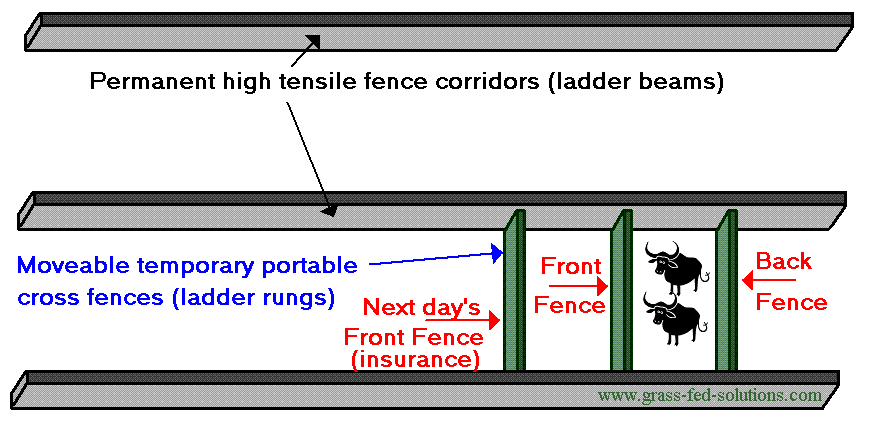posted 10 years ago
My immediate and near-future farming plans have me working with hogs on an 80 rented acre farm. I've watched a number of youtube videos with Joel Salatin describing the ins and outs of his system. And while I don't see myself getting up to that kind of scale anytime soon, I do feel that my situation offers me the capacity to dial in my landscape impact and animal performance a little more tightly than his 20 acres, 600 hogs example given in one video (I'll probably have 40-50 hogs this year on 80 acres). It seems like you see a lot of examples and wisdom out there for how to graze ruminants. But if I've just got hogs supplemented with non-GMO feed and spent brewers grain, what are some tools I can use to make decisions about how to manage them: specifically where to put them, how big of an area to put them on, and how long to leave them on a given patch? Also, I'm always looking for tips on how to push them onto the grass more, but I'm hesitant to give up the grain just yet, or wait 2 years for a finished hog.
As I think more towards the future, do you have any thoughts or experiences when it comes to managing cattle and hogs together on a landscape? That's something I'm thinking of doing in the not too distant future. The fencing, watering, and supplemental hog feed seem to make keeping them together a little bit of a headache. Though I think Greg Judy overcomes that by just throwing them in there. But I wonder if there's another way to work them: have you seen leader/follower systems like this work well? The best thing I've got so far is that with the hogs desire to have that younger regrowth (at least on fescue), that would lend them towards getting access to the ground that the cattle were on 2-3 weeks prior: probably getting a small percentage of the area left in the cattle's wake, but with fewer moves (number of animals being similar). That's what I've got. But I'm always looking for examples and wisdom, and thought I'd see what you might suggest.
We are in a relatively non-brittle environment, USDA zone 6. 30-35 inches of rain. Summer droughts sometimes. the farm has some forest and silvopasture areas with significant acorn, hickory and persimmon.
Luke Groce: Trying to figure out how to grow food and heal land.
Instagram: @GroceFamilyFarm
grocesgrow.wordpress.com





